It was only a few years ago I finally noticed that Rollei produced a 25 ASA film! I was excited because in the 1990s I used to shoot almost exclusively Agfa APX25 – and I loved it. It was the ideal film for landscapes and combined with Rodinal it was close to perfection as you could get. Twit that I am, I simply assumed that Rollei RPX25 was a reincarnation of the old Agfa film.
I was so happy to have it back, and to save on postage, I immediately ordered 5 rolls. I tried the first roll right away under sunny skies and developed it in Rodinal (1+25) as I had always done with APX25. Big Mistake. The negatives had a strange, mottled look and the prints looked as though they came from a digital camera processed through some beta version of a grain-simulator software. They were certainly sharp and very, very contrasty but basically unprintable. To add to this is the awful film base which is so prone to curling that the negatives are very difficult to get into sleeves or into a negative holder. The rest of the film sat unused for a while.
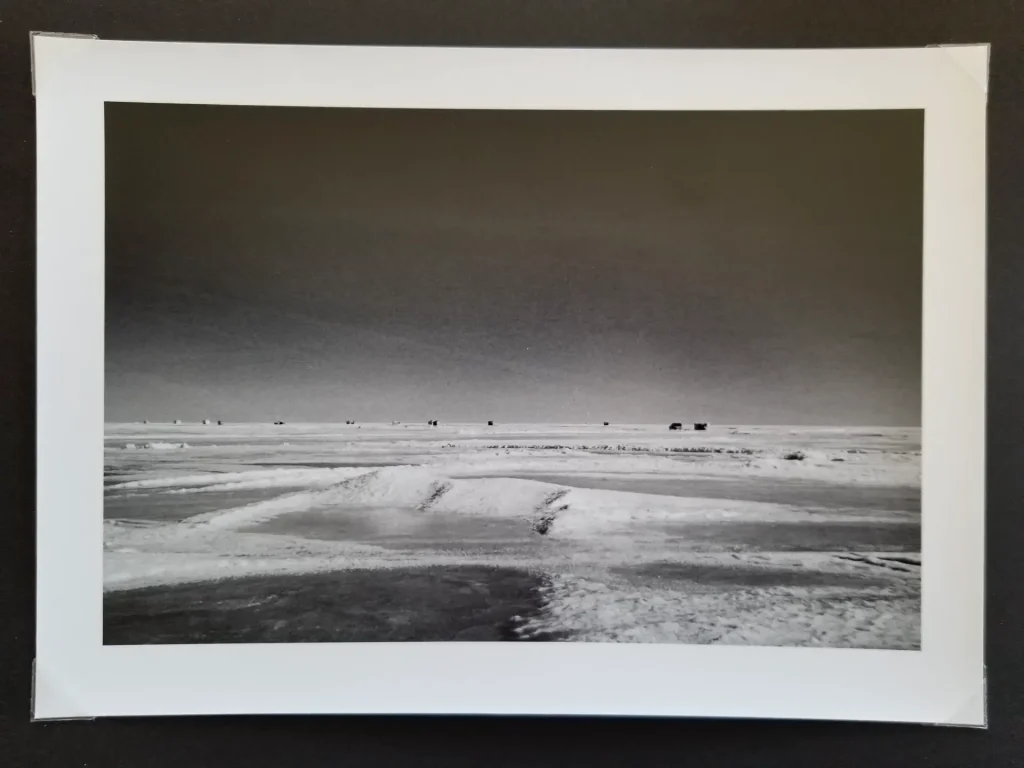
During the pandemic I tried again, this time using more dilute Rodinal (better, but still not good), D-76 (bit better) and eventually D-23 (better still). This spring, it occurred to me that RPX25 may have some infrared properties worth exploring, as other Rollei films have sensitivity well into the IR spectrum. Since I already had the film and lots of time on my hands, my wife and I decided to head out to Gimli, Manitoba on the shores of Lake Winnipeg.
Lake Winnipeg is an enormous but shallow lake on the eastern prairies of Canada. It freezes completely every winter and hosts many communities of ice-fishers along its shores. They drag their shacks onto the ice, drill holes and fish for walleye, goldeye, sturgeon and lake trout to name a few, all in perfect warmth and comfort. The town of Gimli, the main harbour of the southern basin, has an interesting history as the former capital of the Free State of New-Iceland. Icelandic heritage is still very much in evidence, but without the fermented shark (hákarl).
It was a very sunny day. I used 120 film and a deep red filter, and the sunny-16 rule to meter: 1/ASA at f/16. I think most of the exposures were 1/60 sec at f/8, to compensate one stop for the filter. Using a meter would have been difficult as there was a lot of light from the perfectly blue sky, relatively low sun and of course plenty of reflected light from the ice. In these conditions, sunny-16 is more reliable than any meter.
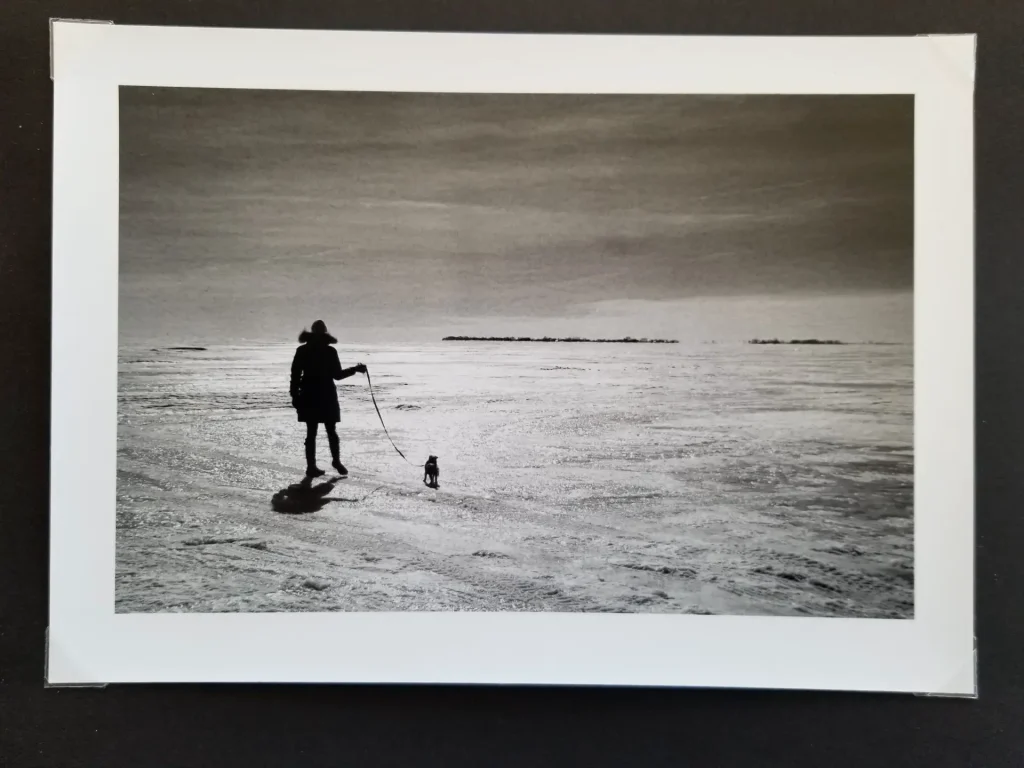
I developed the negatives in D-23 (also sold by Ilford as ‘Perceptol’) diluted 1:1 and printed them on Ilford RC deluxe IV paper (5×7) in Kodak Dektol (1:1). They were toned with selenium just to remove the greenish cast and then re-photographed with my phone, since I don’t have a scanner. No further adjustments after that.
If the results were absolutely remarkable I could probably learn to live with the film’s terrible curl. You can see this curl in the cover shot of this post. As the format was 6×7, some of the negatives have to be cut into pairs for storage, and these are very difficult to get into the carrier. For me they are still overly grainy, but not really in a pleasing way, more in a bad SnapChat filter kind of way. For any medium format negative to look like this at 5×7 enlargement is unusual. On the bright side, the infra-red effect seems to be quite strong, although there is no vegetation in any of these photos. Other reviewers have liked this film much more than I did (Filip liked it recently), so perhaps I simply got a bad batch.
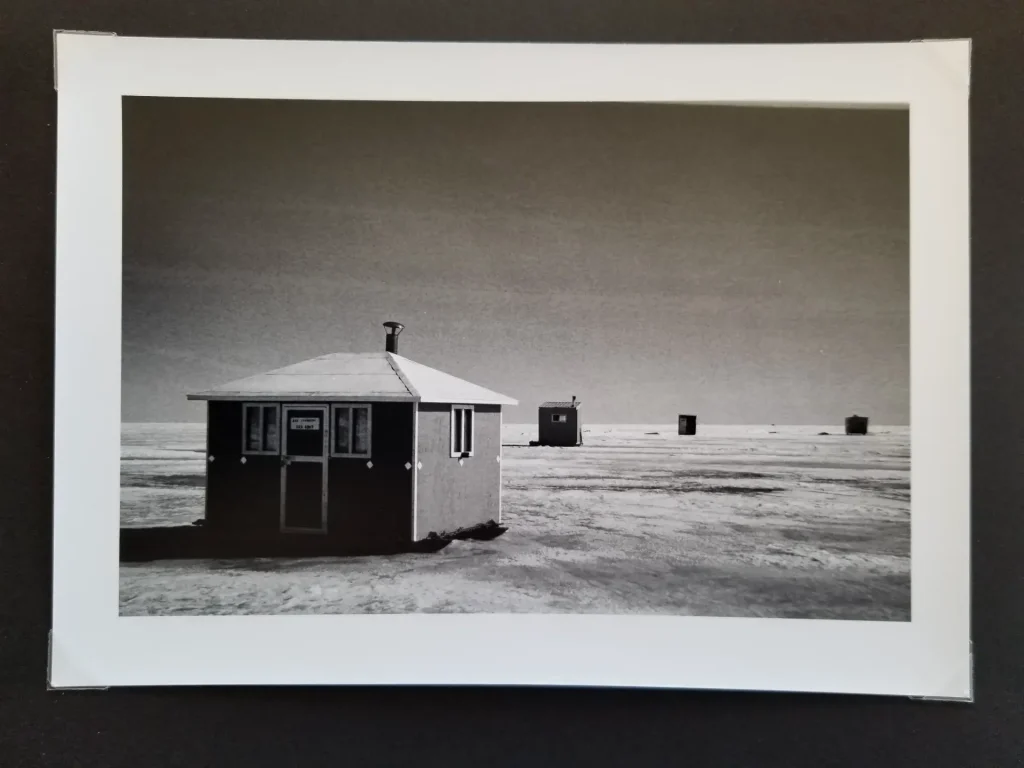
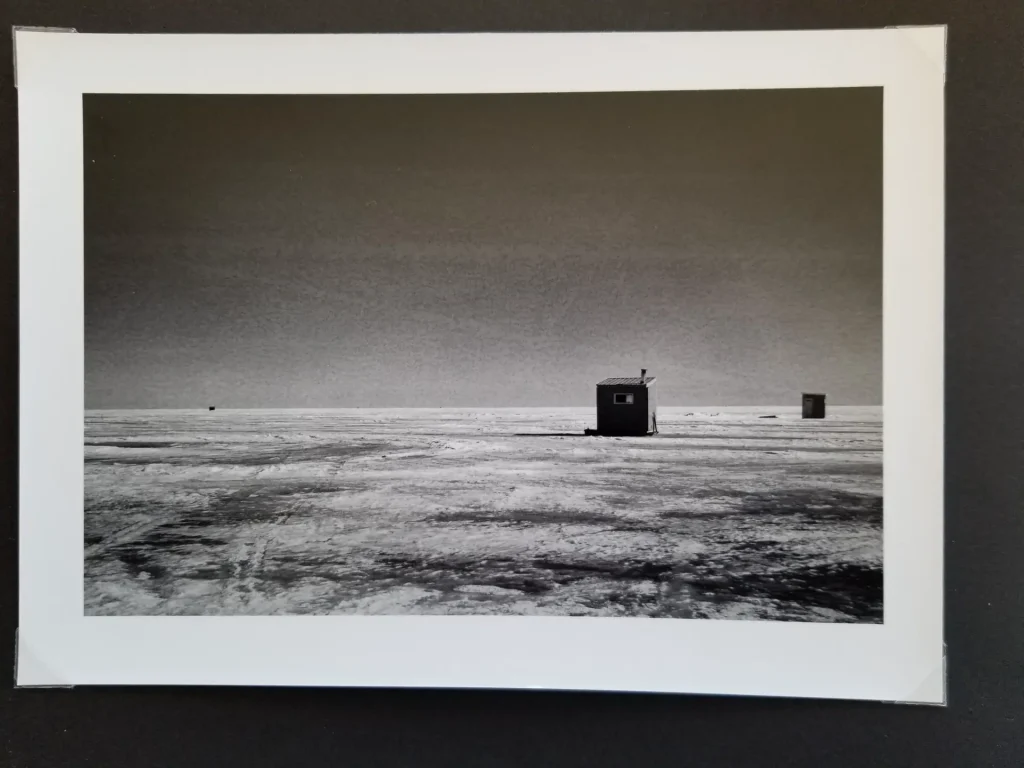
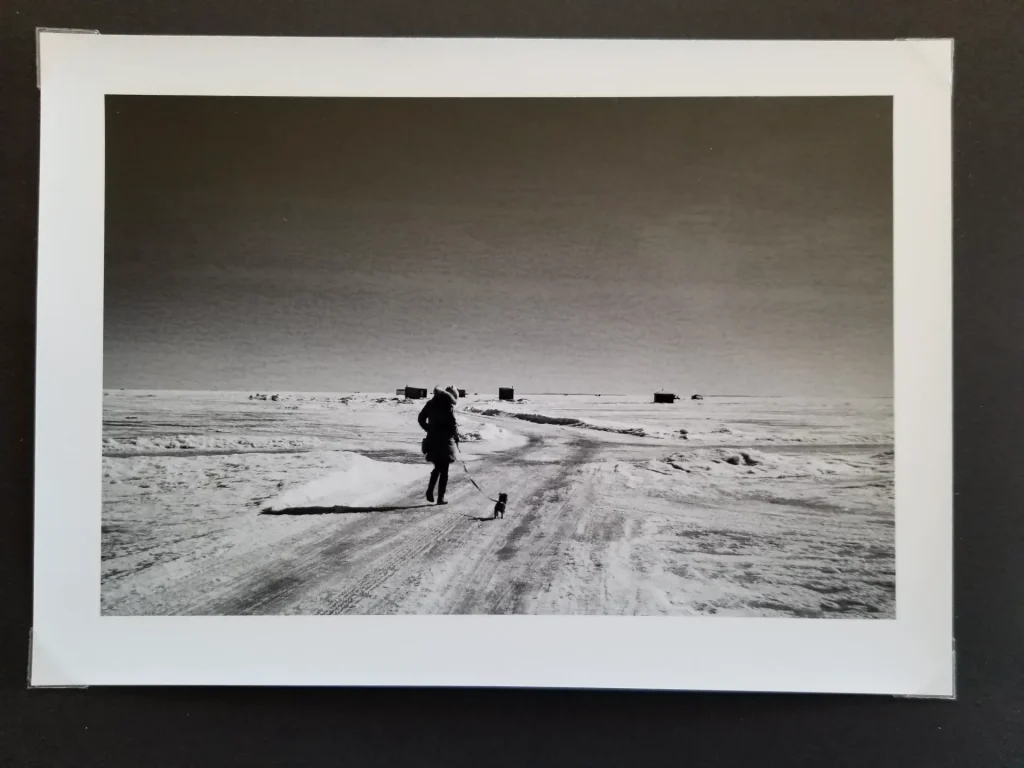
It is a film that I could use perhaps rarely, to get that dreamy IR look – and the curl eventually flattens out a bit. I have one roll left.
You can find me on Instagram here.
Share this post:
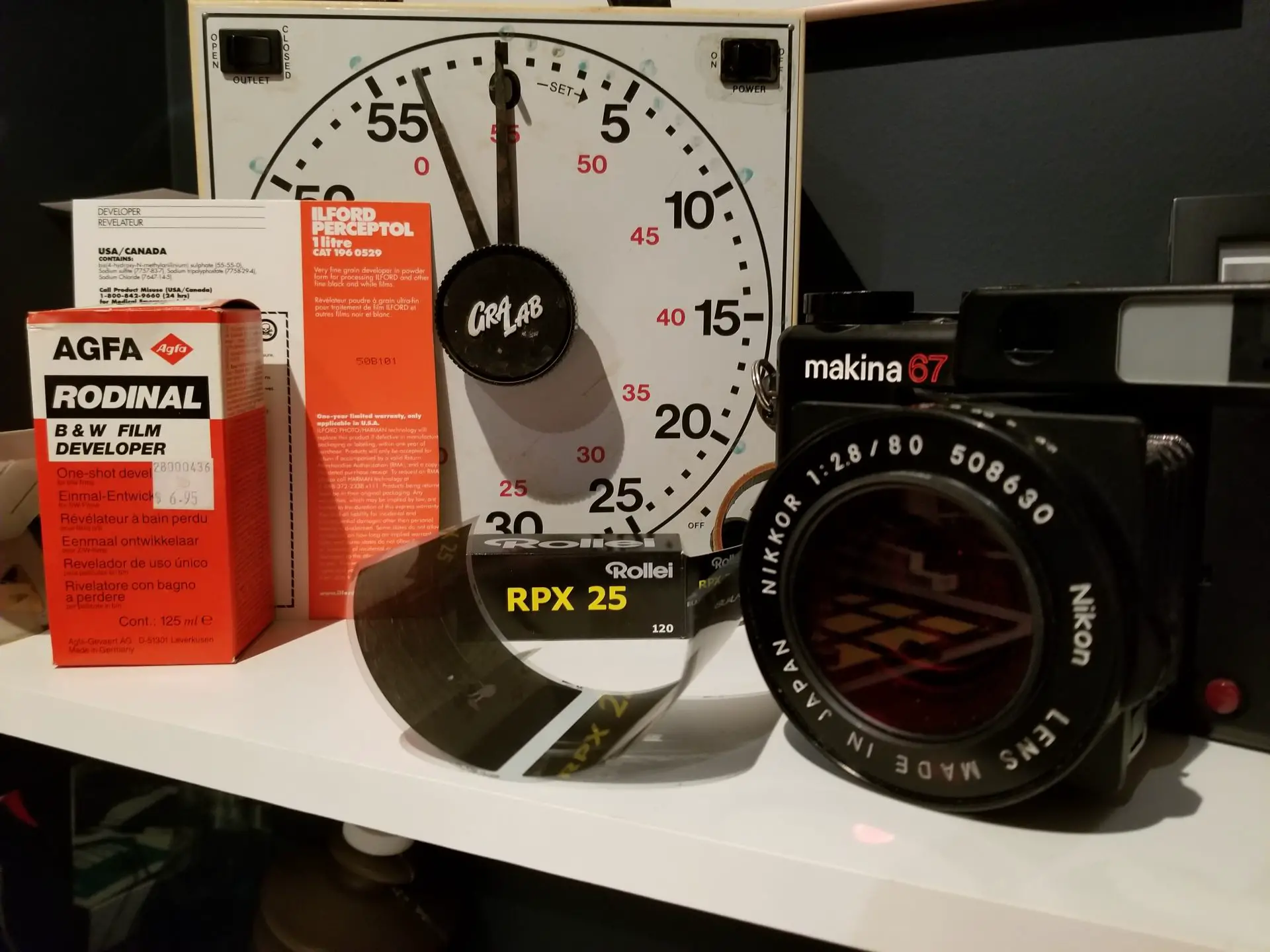
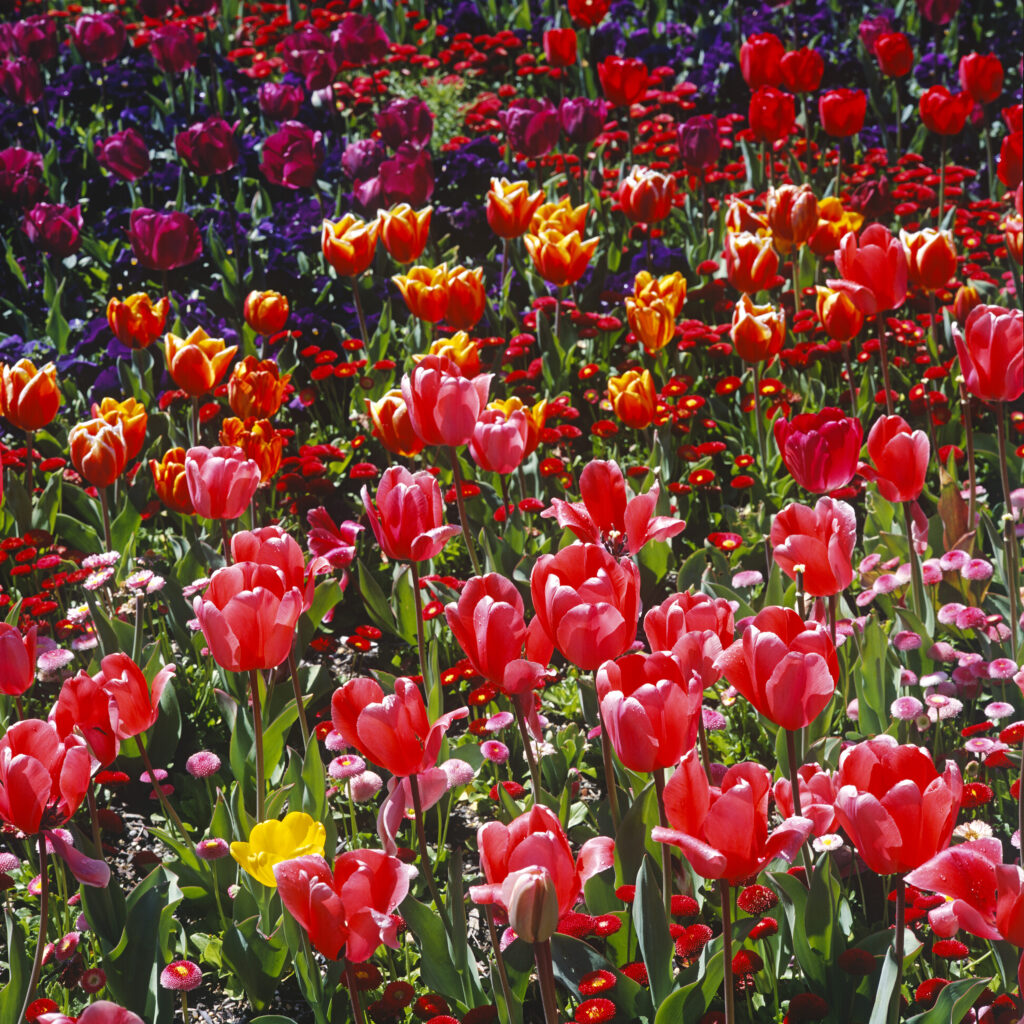
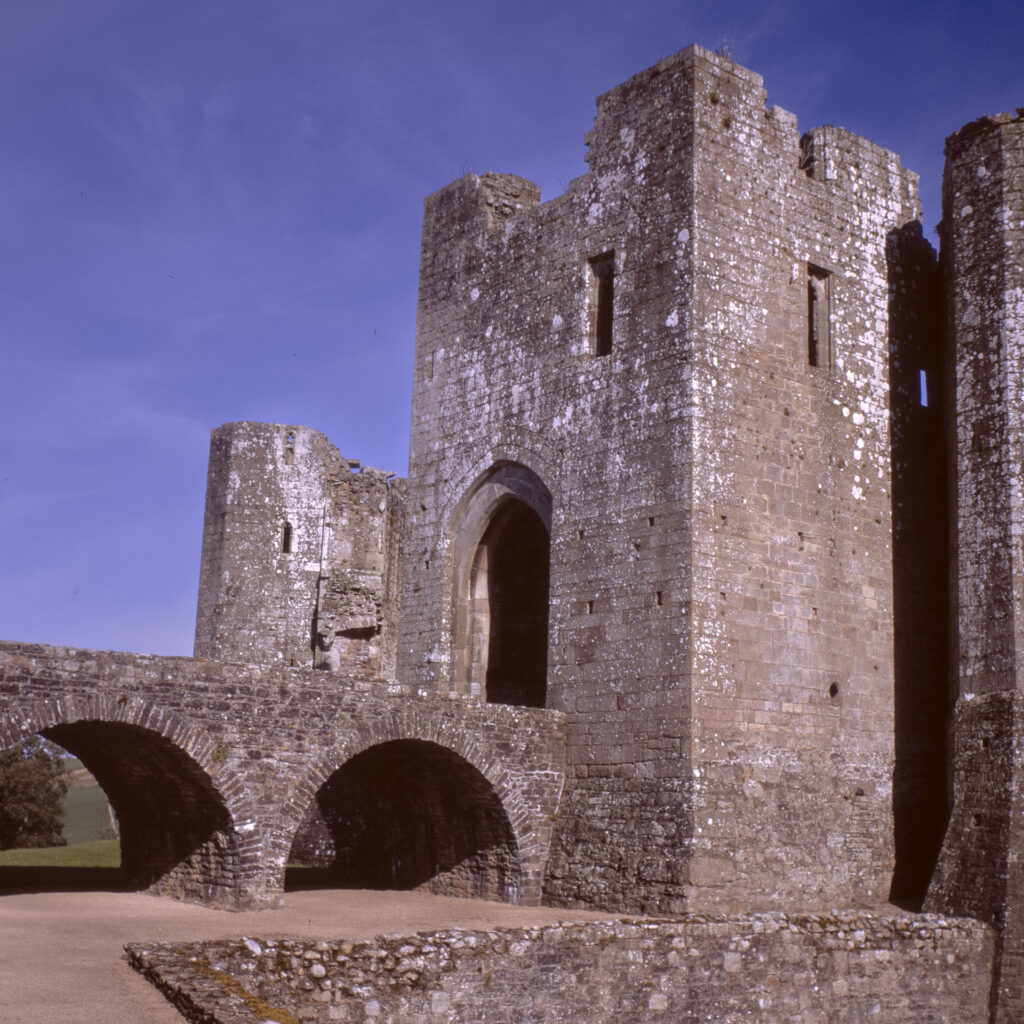
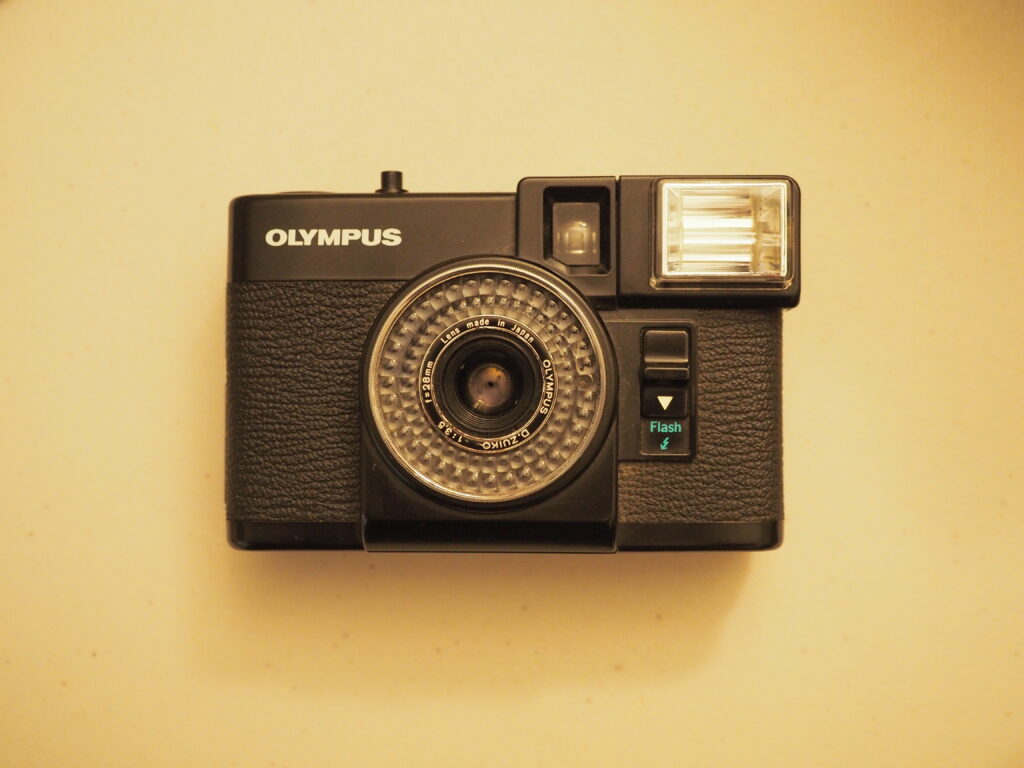
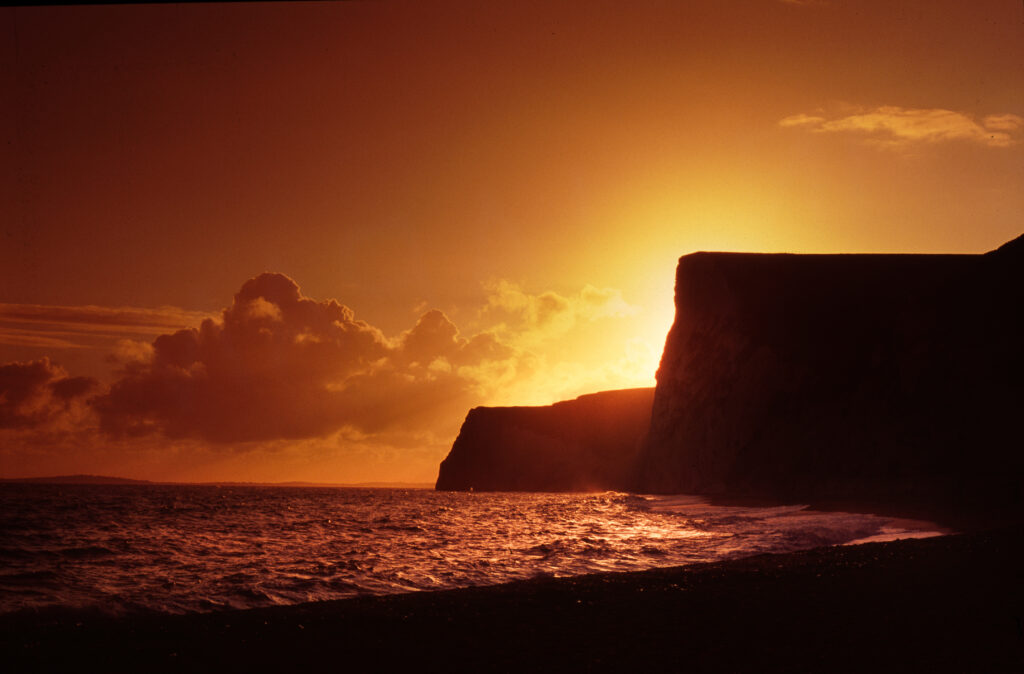




Comments
Ken Rowin on 5 Frames on Frozen Lake Winnipeg with Rollei 25 RPX – By Christopf Rampitsch
Comment posted: 05/06/2021
Comment posted: 05/06/2021
Alex Vye on 5 Frames on Frozen Lake Winnipeg with Rollei 25 RPX – By Christopf Rampitsch
Comment posted: 05/06/2021
Comment posted: 05/06/2021
Sam on 5 Frames on Frozen Lake Winnipeg with Rollei 25 RPX – By Christopf Rampitsch
Comment posted: 23/08/2022
Kind regards!